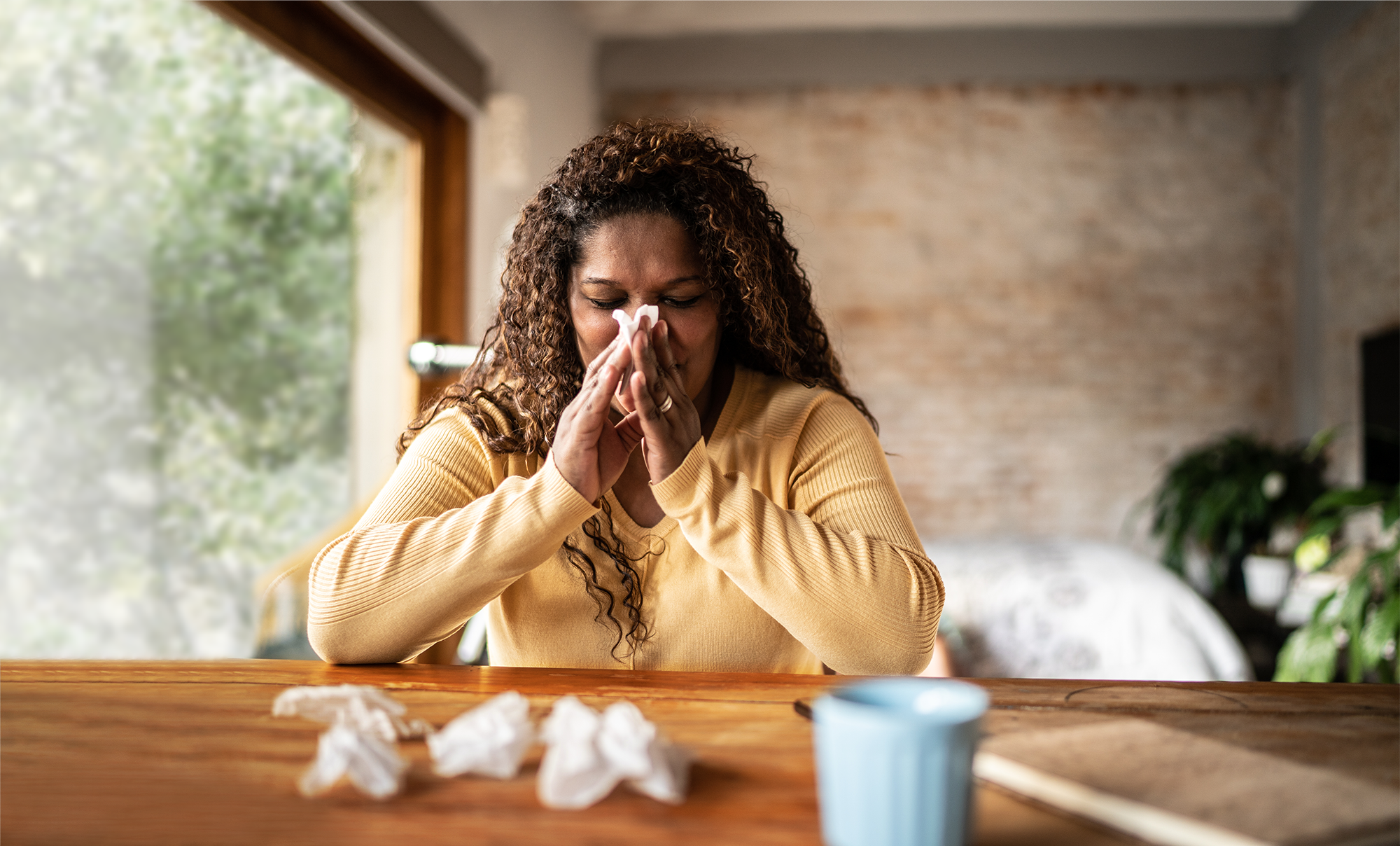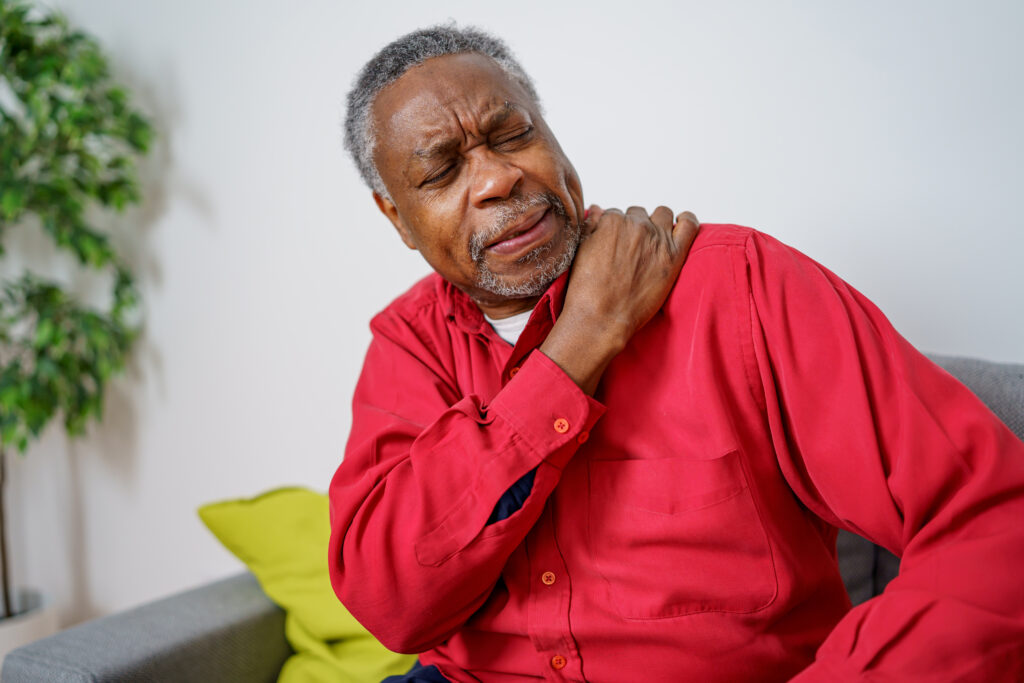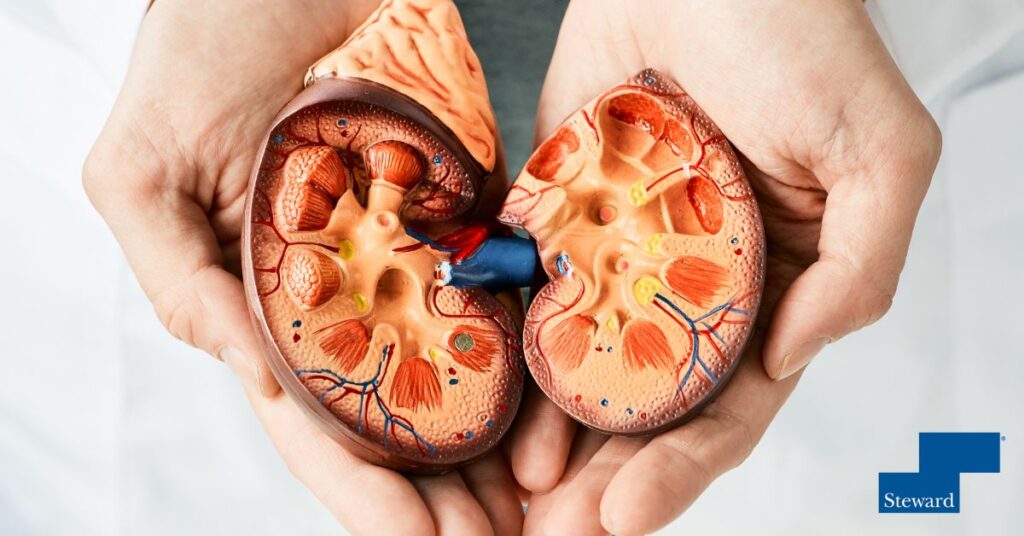The fall is a time of year that brings many changes. The leaves change color, the weather starts to cool down and for many people, it’s a time when certain diseases tend to spike.
Taking preventive measures is always the best way to help protect yourself from getting sick. We’ve outlined a list of common diseases and conditions that see an increase in cases during the fall months, so you can start taking the steps to keep you and your family healthy during this time of year.
1. Influenza (Flu)
Influenza, or the flu, is a virus that primarily affects the respiratory system. It’s highly contagious and can cause severe symptoms, including fever, chills, body aches and fatigue. The flu is the most common disease in the fall and winter months, with peak activity typically occurring between December and February.
2. Common Cold
The common cold is a viral infection of the nose and throat that causes congestion, sneezing, coughing and a sore throat. More than 200 viruses can cause colds, and colds are most commonly seen in the fall and winter months. The peak season for colds is usually between October and May.
3. Sore Throat
While technically a symptom and not a disease itself, sore throats are at their peak in the fall and winter months. This is due to the colder, drier air that is common during these seasons. The decrease in humidity can cause the mucous membranes in your throat to become dry and irritated. This makes it more difficult for your body to fight off infection, which can lead to a sore throat.
4. Allergies
The fall is a time of year when many people start to experience symptoms of allergies. This is because the fall is when the pollen count starts to rise, and allergens like ragweed, mold, and dust mites become more prevalent. Symptoms of allergies can include sneezing, runny nose, itchy eyes and congestion.
5. Sinusitis
Sinusitis is an inflammation of the sinuses that can be caused by viruses, bacteria or allergies. It leads to symptoms such as a blocked nose, facial pain and headaches. Sinusitis is more common in the fall and winter months due to the increased spread of respiratory viruses during these times.
How You Can Prevent These Diseases from Affecting You or Your Loved Ones
The best way to prevent these diseases from affecting you or your loved ones is by practicing good hygiene habits. This includes washing your hands regularly, avoiding contact with sick people, and cleaning surfaces and objects that may be contaminated.
By taking these simple steps, you can help to protect yourself and your loved ones from these common diseases that spike in the fall.
Treatments Available for Fall Diseases & When to Seek Medical Help
The treatments available for fall diseases vary depending on the disease. However, many of these diseases can be treated with antibiotics, antivirals or other medications. It’s important to seek medical help if you suspect that you or a loved one has contracted a fall disease. Early diagnosis and treatment are key to preventing diseases from progressing and causing severe illness.
If you’re experiencing symptoms of a fall disease, such as fever, coughing or difficulty breathing, contact your doctor or healthcare provider right away. They will be able to diagnose your condition and provide you with the appropriate treatment.
To find a doctor or schedule an appointment, visit Steward DoctorFinder™.




